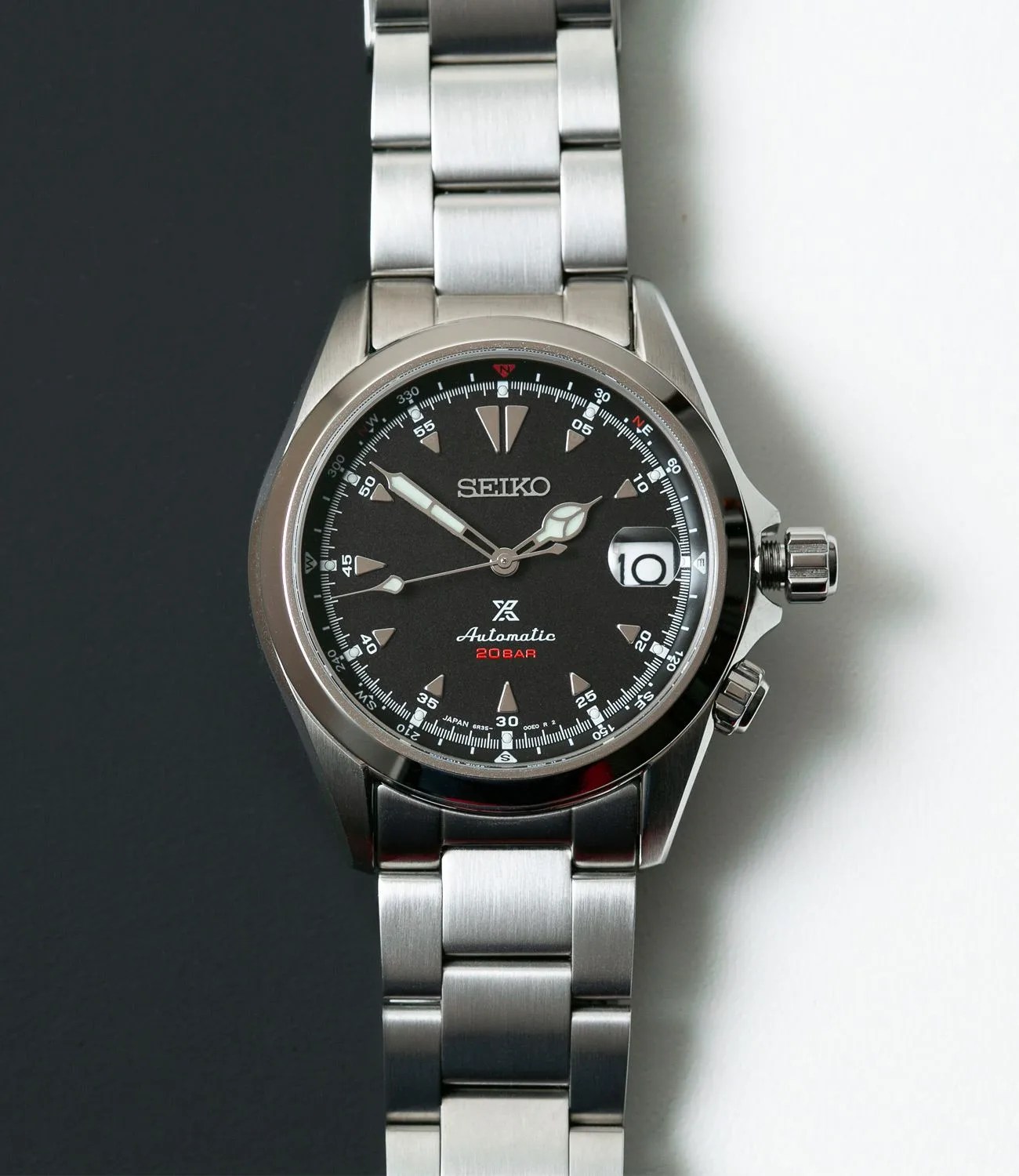The mission has been meticulously choreographed — each soldier knows his or her role and the last thing to do is to synchronize watches before going into action.
This scene is familiar to most of us from films and TV. Unbeknownst to many watch wearers, however, this exact scenario played a part in why their watches have a certain overlooked feature today.
It’s now so common and basic, in fact, that it hardly seems like a “feature”: If you’ve ever set a wristwatch, perhaps you waited for the seconds hand to reach 12 o’clock before pulling out the crown to stop it. That ability to stop the seconds hand is called “hacking.” Common, yes, but it’s not totally ubiquitous even today, and historically, even less so.
The history of hacking watches
Hacking, or “stop seconds,” became more widespread when it was requested by militaries for watches like the A-11 during WWII. Personnel were often not able to be in direct communication but needed to coordinate military actions more precisely than ever. A large central seconds hand that could be stopped and synchronized exactly was mission-critical.



